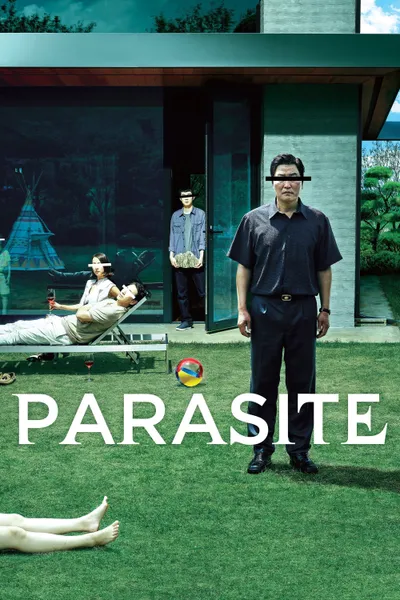Reviews

Filipe Manuel Neto
April 8, 20248.0
**A striking woman behind a striking man.**
Making biographical films around notable figures from the recent past is never an easy task, and this one deserves praise for its effort and courage. I say this because it is not possible to talk about Snu Abecassis without talking about Francisco Sá Carneiro, one of the most notable politicians of the Portuguese 20th century (not for his deeds or work, but for his charisma and impact on the national political mentality).
Even though we are celebrating fifty years since the revolution of April 25, 1974, which paved the way for the democratization of Portugal, I can't help but think that it is an imperfect past, an unfinished story in the country's life. If almost no one dares to question the value of the restoration of democracy (restoration because, despite what many are claiming, the revolution was limited to returning a democracy that Portugal had already had with the constitutional monarchy, and which was firstly established in 1834), there is no similar consensus in the political reading of the events of the time. The proof is the fact that nothing has yet been concluded about the causes of the crash of the aircraft in which Snu, Sá Carneiro, Adelino Amaro da Costa and others died. Accident? Sabotage? We probably will know when there is no way to touch a hair of those responsible, or those who are, or were, closest to them.
Snu Abecassis was not Portuguese: she was from a country with a strong democratic culture and had a different way of thinking, a breadth of ideas and vision far beyond what most Portuguese women achieved in a backward country closed to the world. This not only allowed her to succeed as leader of the Dom Quixote publishing house, dodge the censors and position herself as a defender of dangerous ideas (such as contraception, abortion, family planning), but also helps to understand the fascination of Sá Carneiro and others who knew her. I have no doubt that her ideas helped shape his thinking, but that she will also always be in the shadow of the man she loved, and whom she could not marry.
The script does a reasonable job and allows us to follow the life path of this elegant Nordic woman. Time and the couple's discreet personality do not give rise to sentimental outbursts, Latin soap operas or melodramas, so none of that comes into play here. Therefore, I am pleased with the way in which Patrícia Sequeira understood the limits to be respected. On a less good note, the ending: when the film recreates the passengers boarding the aircraft that would crash in Camarate, the other passengers, starting with Amaro da Costa, disappear. Why? It is understandable that the hypothesis of a sabotage is not mentioned in order to make the film politically more neutral, but the reconstruction should include everyone who, in fact, perished in that “incident”. The cinematography is very good, the choice of filming locations was careful, the props and vehicles were well selected and the design of sets and costumes is impeccable. This, added to the introduction of videos and news from the time, helps to reconstruct the time period. The soundtrack is atmospheric and does a competent job, without being overpowering.
Inês Castel-Branco received the opportunity of a lifetime to show talent and ability outside of theater or television. She gripped it firmly and untangled it frankly well, with a light accent that never seemed forced and a natural elegance. Pedro Almendra doesn't always follow her: despite being very similar, physically, to Sá Carneiro, he has no charisma or presence, but the film isn't his either. Inês Rosado and Maria João Pinho make positive contributions. Pedro Saavedra is cunning enough to play Mário Soares, but he doesn't have the substance, material or time to develop the character.
Recommendation Movies
Rebel Without a Cause1955
Marley & Me2008
Angel Has Fallen2019
Men in Black: International2019
The Shawshank Redemption1994
Hacksaw Ridge2016
Cinderella2015
Parasite2019
The Avengers2012
Thor: Ragnarok2017
Wonder Woman2017
Joker2019
The Handmaiden2016
Pride & Prejudice2005
The Shining1980
The Wolf of Wall Street2013
Snowpiercer2013
The Revenant2015
mother!2017
Dunkirk2017
© 2025 MoovieTime. All rights reserved.Made with Nuxt




















